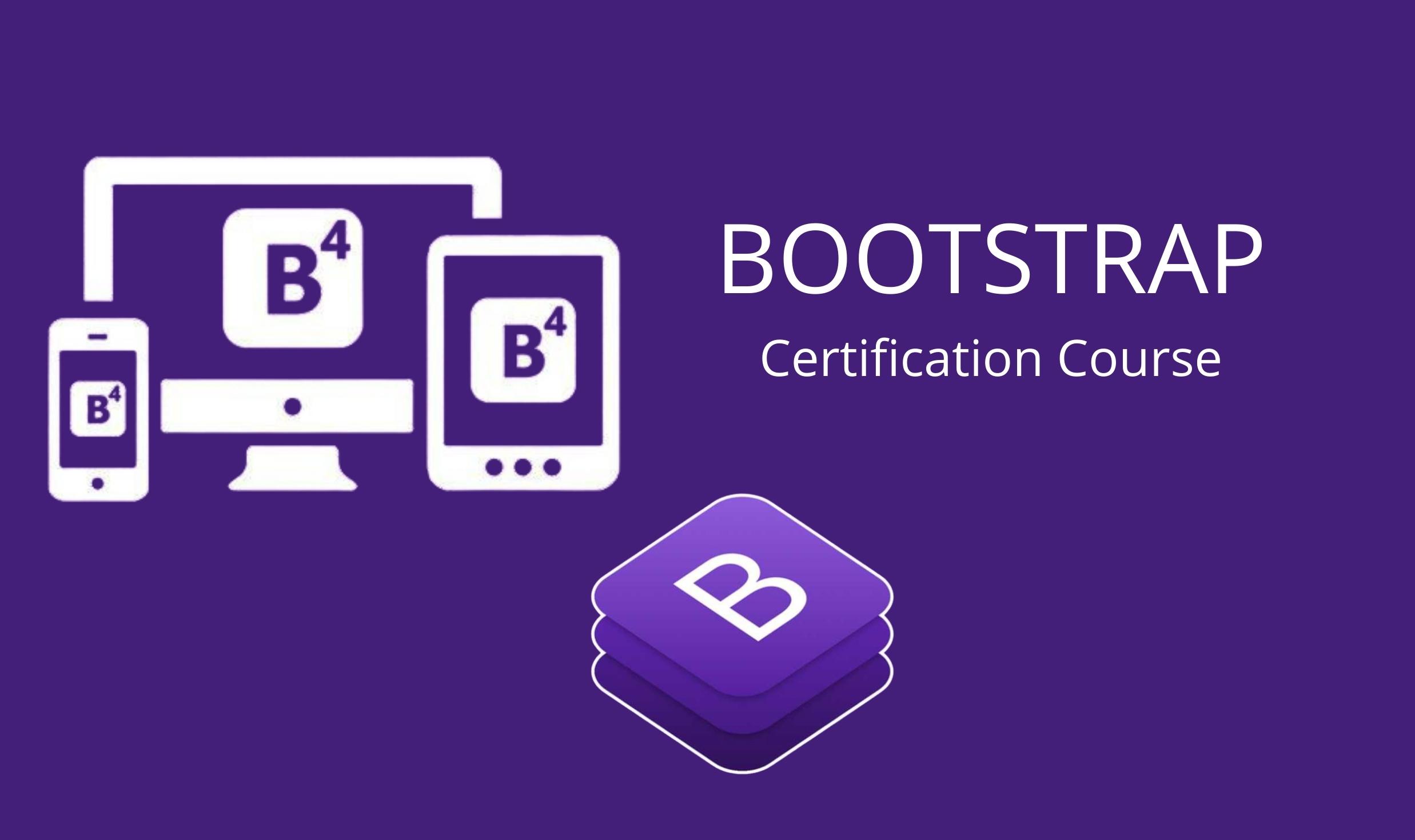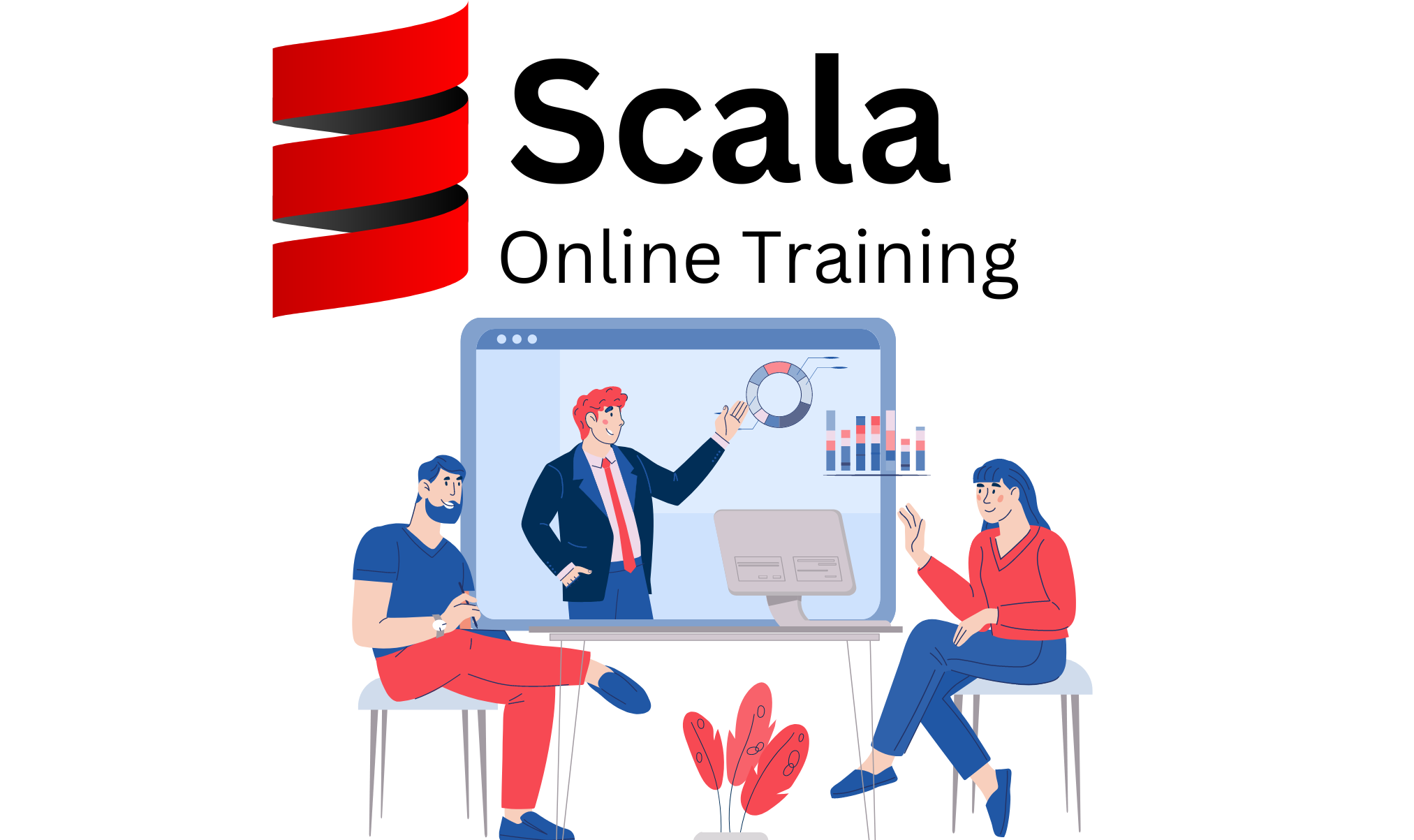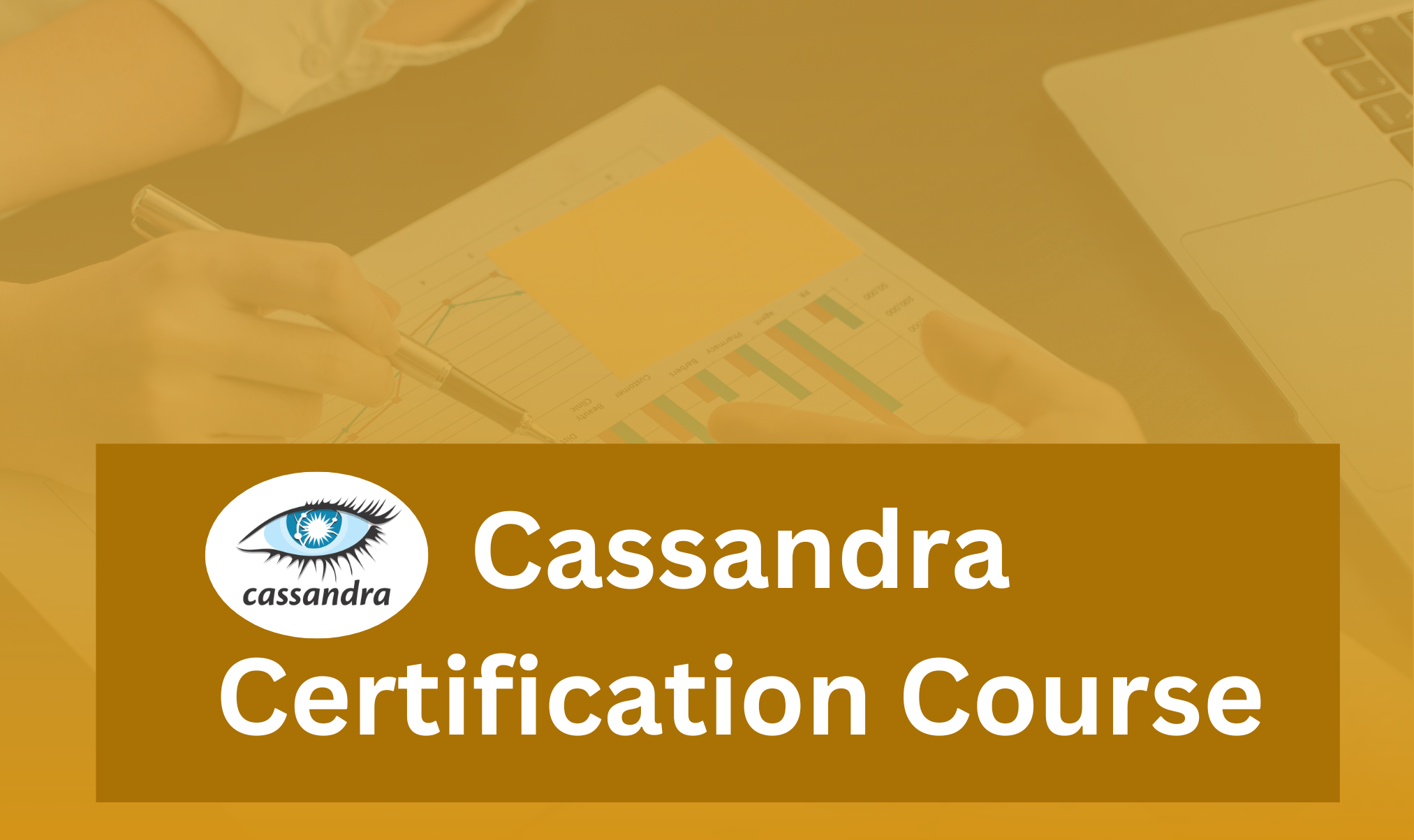
How does Bootstrap work?
There are two ways to use Bootstrap: you can import it into your code or download a Bootstrap sample project and create a website based on it. Bootstrap uses a system called the Bootstrap grid. Bootstrap renders web pages using a 12-column template called the Bootstrap grid. This grid allows you to set different breakpoints for designing different elements such as headings, paragraphs, and buttons to make your website visually appealing. When you reduce the screen size, the layout of the grid elements will change to match the screen size. This means the same website will look great on a full-size laptop screen and a small smartphone screen.
Why learn Bootstrap?
If you want to create websites for a living, learning Bootstrap will save you a lot of time and effort. The free CSS framework contains a huge library of reusable HTML, CSS, and JavaScript code, and once you get it, you won't have to spend precious time coding common web elements from scratch. And because the core philosophy of the Bootstrap framework is user-friendliness, websites built from it are guaranteed to be responsive on all user devices.
Tips for learning Bootstrap
If you want to become a Bootstrap expert, these tips will help you.
Learn HTML, CSS and JavaScript
Before you start learning Bootstrap, you need to make sure you know and master the main front-end languages: HTML, CSS, and JavaScript. Bootstrap makes it easy to create and edit web pages using these three languages. If you don't have at least a basic understanding of HTML and CSS, there's no reason to learn Bootstrap.
Bootstrap study materials
It's a good idea to have an idea of what you want to use Bootstrap for beforehand: you need to learn how it works before you start using it. Learn how to incorporate it into the code you write and how to create a Bootstrap sample project. All the information about Bootstrap's documentation can be found on its website. In most cases, Bootstrap comes with pre-made code, so it's a good idea to study it before you start writing your own code.
Check out the online tutorials
If your only experience with Bootstrap is looking at demos online and you don't know the basics, then the best way to learn Bootstrap online is to take Bootstrap Training. Bootstrap Certificates are a great way to get an education at a fraction of the cost of a traditional course.
Install the latest version of Bootstrap for your use
As the web development game has evolved, so have the frameworks and tools. There have also been several versions of Bootstrap, the latest being Bootstrap version 4.3, which has been significantly updated. These include a 5-layer grid system, a global font size of 16px, a number of new utility classes, and more features for creating responsive layouts. So be sure to install the latest version of Bootstrap to take advantage of the latest added and updated features.
There are always reference guides
High-quality language reference guides are one of a developer's best friends, and they help tremendously when looking for how to learn Bootstrap effectively. Good reference guides contain information on almost everything you need to know about the language.
Use online resources to learn Bootstrap
The Internet is your best friend if you want to learn Bootstrap on your own. There are numerous Bootstrap Classes Online, tutorials, guides, blogs and examples to learn from. There are two types of online courses, free and paid ones. These are either full one-hour courses that cover all Bootstrap concepts and features, or they can be shorter, quicker tutorials on specific features and components.
The Bootstrap user community is also a good source of learning bootstrap. Connecting with other users is also a useful option of learning Bootstrap. You can find them on Bootstrap blogs or in web development communities on social networks.
An online course will answer all your questions and it will help you in working on the framework. You need to pursue an online course or other resources to learn bootstrap.
Use videos to learn
If you come across some difficult concepts or ideas while trying to learn Bootstrap online, don't give up. Even though things may seem almost impossible at first, sometimes you just have to sit down and look at it from a different perspective.
You can look for YouTube videos if you face any problem while learning bootstrap. High-quality videos often provide a Bootstrap example with relevant code and an explanation of everything that's going on. You'll be surprised how easy it is to understand an otherwise difficult concept when you spend a few minutes watching someone explain it.
Improve your skills
Another tip to get the most out of Bootstrap is to practice as much as you can. Learn as much as you can by actually creating a website. Try creating a website from scratch, using CSS, HTML, and JavaScript to design the layout. You will make mistakes, but you will also learn from them. Once you've honed your skills using Bootstrap to create a basic website layout, you can tweak it to make it more complex and advanced.
Pay attention to components
When developing a web application with Bootstrap, it's best to focus on components rather than pages. What does this mean? It simply means that rather than focusing on creating CSS and HTML for each page, you should think more about each element that makes up the page. This mindset allows us to create components that can be reused across multiple pages, making the coding process simpler and more efficient.
Focus on mobile
When developing front-end web applications, it is common to tailor the design to mobile devices. This is the basis of responsive web development. Ideally, you should always think about mobile when designing your website, because designing for mobile devices has some limitations. You can then extend the functionality to a full-size desktop or tablet version with fewer limitations. To make it easier to use Bootstrap, you should create for mobile first and then extend the design. When developing a web application with Bootstrap, it's best to focus on the components, not the pages. What does this mean? It simply means that rather than focusing on the CSS and HTML of each page, we should focus on the individual components that make up the page. This way of thinking allows us to create components that can be reused on multiple pages, making the coding process simpler and more efficient.
.jpg)



.jpg)
.jpg)
.jpg)
.jpg)
.jpg)
.jpg)
.jpg)


.jpg)
